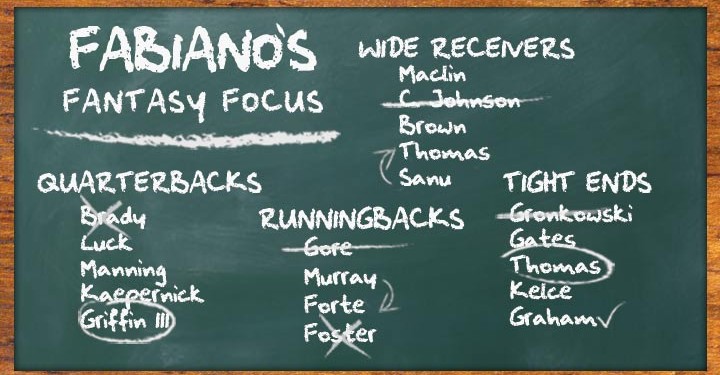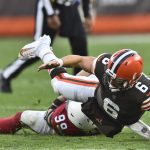The Home Run Derby did something to me it hadn’t done in about 10 years: made me care.
I’m a seam-head. Growing up, summer mornings were scheduled around watching replays of Baseball Tonight my brother and I had watched the night before. The most intense exchange of my childhood was determining how fast a “ghost runner” really was in our Wiffle ball battles.
I love the game, but recently the Home Run Derby was at best background noise for me. It was slow, repetitive, and I often found myself nodding off to the back, back backs of Chris Berman. If things were overly-impressive, I could see it on Twitter, right?
Honestly, the only thing about the Home Run Derby that made my ears perk up the past two years was watching Pedro Gomez conduct, translate, and speak for Yoenis Cespedes in his post-derby interviews.
Then the new format was announced for this year’s derby. There would be time limits, brackets, and cotton candy.
Some athletes use sports drinks to refuel. Not Prince Fielder. https://t.co/OpgQH9JG21
— SportsCenter (@SportsCenter) July 14, 2015
The eight participants were seeded, which had the potential to create a final with participants from the same league. Rather than ten outs each round like in previous years, the players had unlimited swings in a given time allotment.
Ok, I may have it on, but I wasn’t planning on, ya know, paying attention to it.
Au contrare, mon frere.
This was not a passive viewing experience for me. My derby setting was at a restaurant with the broadcast muted, but I continuously found myself peeking up, being locked in, and actually yelling, “GET ONE MORE SWING IN”.
The first time around was when Todd Frazier narrowly escaped Prince Fielder to get out of the first round as the time expired. The mic drop after Frazier knew he would be advancing was a nice touch.
The Man…The Myth…The @FlavaFraz21… Dude has always thrived under pressure. Takes down a two-time champ. pic.twitter.com/XrEWqcl4wF
— Chris Rotolo (@rote7123) July 14, 2015
Ok, that was fun, but now back to my hot wings.
But then Frazier beat the clock again to knock out the Bringer of Rain.
#Respect. Josh Donaldson and Todd Frazier hug it out after the second round of the #HRDerby #BlueJays pic.twitter.com/gHKugssFmN
— Sportsnet (@Sportsnet) July 14, 2015
And then in walk-off fashion, Frazier took the crown in front of the Cincinnati faithful.
Very cool atmosphere here at Great American Ball Park. Here’s the winning homer in the Derby by @FlavaFraz21: pic.twitter.com/UUVE4Rzs5C
— Mike Vassallo (@MikeVassallo13) July 14, 2015
All eyes were on Frazier, even those competing against him.
When you’re in the Home Run Derby but your dad is watching Todd Frazier pic.twitter.com/wKoMvWjUfz
— Mitch Goldich (@mitchgoldich) July 14, 2015
The event could not have gone more perfectly for the MLB or Cincinnati. Mother nature was a bit temperamental during the day, which caused each round to be cut to four minutes from five, which actually was a positive. In addition to that, the clock was supposed stop at the last minute of each round. If home runs were hit, the clock would remain stopped and would not restart until an out was made. With weather concerns, that rule was nixed. Had that rule been in effect, we would have seen tired sluggers and slower bats, but Monday night’s final provided 29 bombs.
The league’s main concern was to create a more concise derby, and they accomplished that: it lasted roughly two hours and 15 minutes versus a marathon that would last over three hours. The derby was shorter, but had nearly double the amount of bomb-age (179 vs 78 in 2014), creating a recipe for success.
Best home run derby ever.
— Molly Knight (@molly_knight) July 14, 2015
That was awesome.
— Buster Olney (@Buster_ESPN) July 14, 2015
Rob Manfred said new Home Run Derby format was “a real improvement,” believes the 4-minute round was the right length.
— Jon Morosi (@jonmorosi) July 14, 2015
While Monday night was a MAJOR step in the right direction, let’s not forget there is always room for improvement.
stanton isn’t here, none of this even counts
— Lana Berry (@Lana) July 14, 2015





